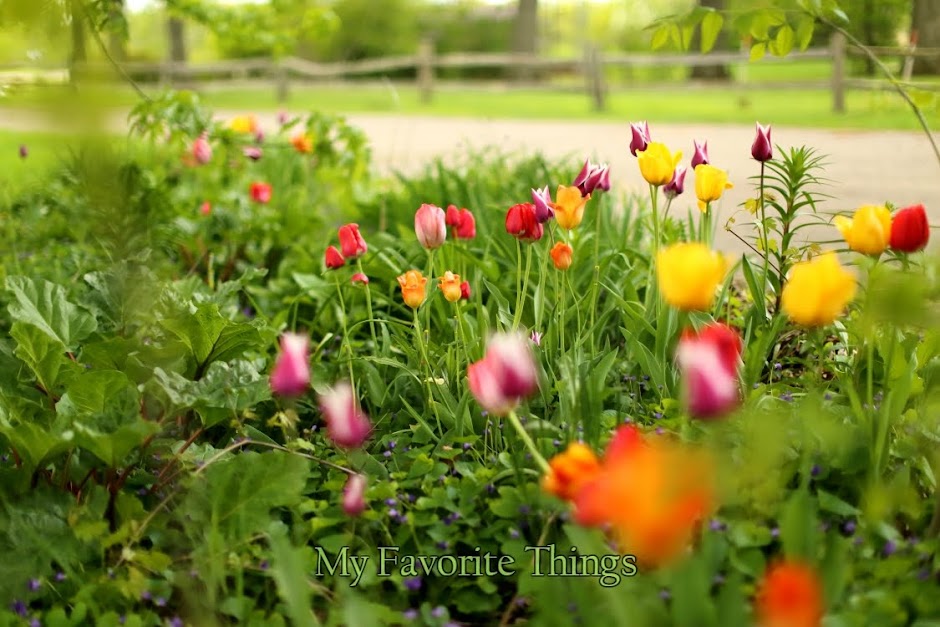As I posted earlier this month, I wanted to try an experiment in growing bigger and better tomato plants, with a HUGE yield. I have yet to know if I am going to get a HUGE yield, but the plants are really growing. I wanted to show pictures, but I also want to disclose as much as possible.
The tomato plant I'm profiling in this experiment is a San Marzano variety (I'm profiling this tomato plant because I have pictures documenting the plant from the beginning). It's supposed to be a very good Italian plum tomato, its taste and meaty flesh. It's believed the volcanic soil, from Mount Vesuivus is what makes San Marzano tomatoes , "San Marzano" tomatoes. Otherwise, one would just be growing a fancy Roma tomato. You can learn more about San Marzano tomatoes at this website: http://en.wikipedia.org/wiki/San_Marzano_tomato.
 I obviously don't live in Italy, and don't have volcanic soil from Mount Vesuivus, but I hope that my tomatoes will still be San Marzano tomatoes. But, getting back to the original point of this posting, I purchased San Marzano tomato seeds from an internet source earlier in the spring. These seeds are organic, but they sure seem to not be organic. I mean, when the plants first emerged, they seemed "big" and very , very healthy, even without any fertilizer. Okay, maybe that's normal and I just don't know any better.
I obviously don't live in Italy, and don't have volcanic soil from Mount Vesuivus, but I hope that my tomatoes will still be San Marzano tomatoes. But, getting back to the original point of this posting, I purchased San Marzano tomato seeds from an internet source earlier in the spring. These seeds are organic, but they sure seem to not be organic. I mean, when the plants first emerged, they seemed "big" and very , very healthy, even without any fertilizer. Okay, maybe that's normal and I just don't know any better.

So, after the tomato plants emerged, I began the tomato experiment on June 5th (see the June 5, 2010 posting). The picture above shows the tomato plant on June 4th.

On June 11th I took another picture of my tomato plant. I put half of an eggshell next to it to give myself (and you) some point of reference. A ruler would've probably been better, but oh well.
 Today, I took out a clear clipboard, containing measurements on the side, and put it next to my tomato plant. I don't exactly know how to measure the plant, but considering the height of the leaves, the plant is between 10 to 11 inches tall.
Today, I took out a clear clipboard, containing measurements on the side, and put it next to my tomato plant. I don't exactly know how to measure the plant, but considering the height of the leaves, the plant is between 10 to 11 inches tall.

I must admit, in my memory, my tomato plants in the past have never gotten this big within such a "short" time. I don't know if it's the early warm weather, the seeds, the experiment, or all the rain, but this plant is big. Of course I will keep posting about this plant.
 I obviously don't live in Italy, and don't have volcanic soil from Mount Vesuivus, but I hope that my tomatoes will still be San Marzano tomatoes. But, getting back to the original point of this posting, I purchased San Marzano tomato seeds from an internet source earlier in the spring. These seeds are organic, but they sure seem to not be organic. I mean, when the plants first emerged, they seemed "big" and very , very healthy, even without any fertilizer. Okay, maybe that's normal and I just don't know any better.
I obviously don't live in Italy, and don't have volcanic soil from Mount Vesuivus, but I hope that my tomatoes will still be San Marzano tomatoes. But, getting back to the original point of this posting, I purchased San Marzano tomato seeds from an internet source earlier in the spring. These seeds are organic, but they sure seem to not be organic. I mean, when the plants first emerged, they seemed "big" and very , very healthy, even without any fertilizer. Okay, maybe that's normal and I just don't know any better.
So, after the tomato plants emerged, I began the tomato experiment on June 5th (see the June 5, 2010 posting). The picture above shows the tomato plant on June 4th.

On June 11th I took another picture of my tomato plant. I put half of an eggshell next to it to give myself (and you) some point of reference. A ruler would've probably been better, but oh well.
 Today, I took out a clear clipboard, containing measurements on the side, and put it next to my tomato plant. I don't exactly know how to measure the plant, but considering the height of the leaves, the plant is between 10 to 11 inches tall.
Today, I took out a clear clipboard, containing measurements on the side, and put it next to my tomato plant. I don't exactly know how to measure the plant, but considering the height of the leaves, the plant is between 10 to 11 inches tall.
I must admit, in my memory, my tomato plants in the past have never gotten this big within such a "short" time. I don't know if it's the early warm weather, the seeds, the experiment, or all the rain, but this plant is big. Of course I will keep posting about this plant.














